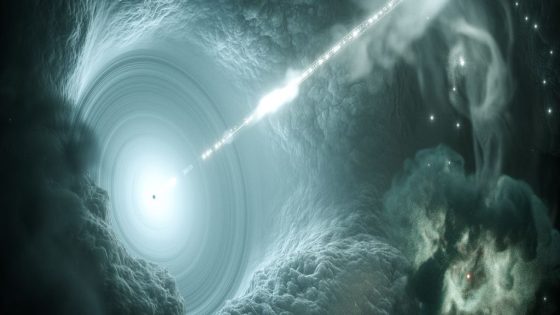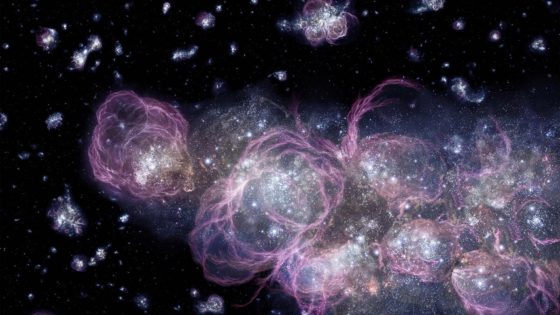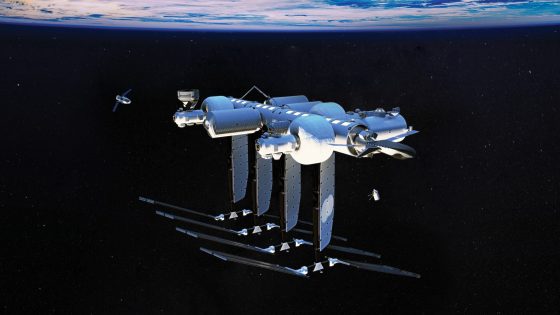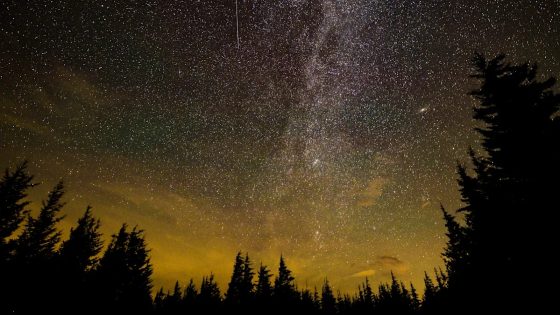The recent detection of a cosmic neutrino with record-breaking energy levels has captivated scientists worldwide. This groundbreaking event, occurring in February 2023, was captured by the KM3NeT detector located deep beneath the Mediterranean Sea.
- Detection of 220 PeV cosmic neutrino confirmed.
- KM3NeT detector located under Mediterranean Sea.
- Neutrinos are abundant yet hard to detect.
- Event KM3-230213A raises origin mystery.
- Possible new sources for ultra-high-energy neutrinos.
- Analysis published in Physical Review X.
With an astonishing energy of 220 petaelectronvolts (PeV), this neutrino has shattered previous records, raising questions about its origins. The KM3NeT Collaboration confirmed that the signal was genuine, dismissing any concerns about glitches. As researchers delve deeper into this phenomenon, they are uncovering new insights into the universe’s most extreme events.
This discovery prompts intriguing questions about the nature of ultra-high-energy neutrinos. What processes could generate such powerful particles? The analysis suggests several possibilities:
- Origins from extreme galactic centers.
- Interactions with cosmic microwave background radiation.
- Gamma-ray bursts from exploding stars.
- Potential new astrophysical phenomena.
As scientists continue to refine their understanding of this neutrino’s trajectory, we may soon unlock more secrets of the universe. The implications of KM3-230213A could reshape our knowledge of high-energy astrophysics.

































